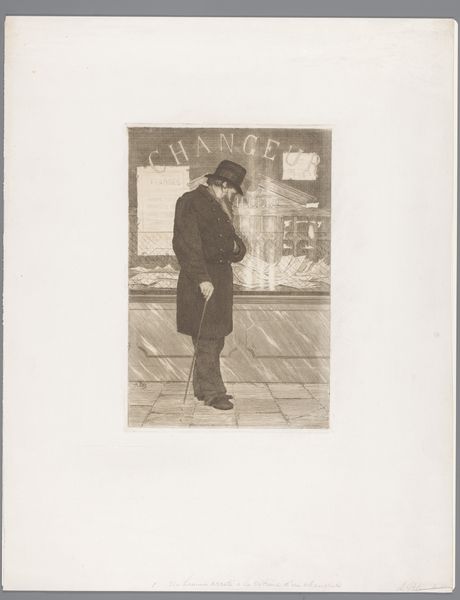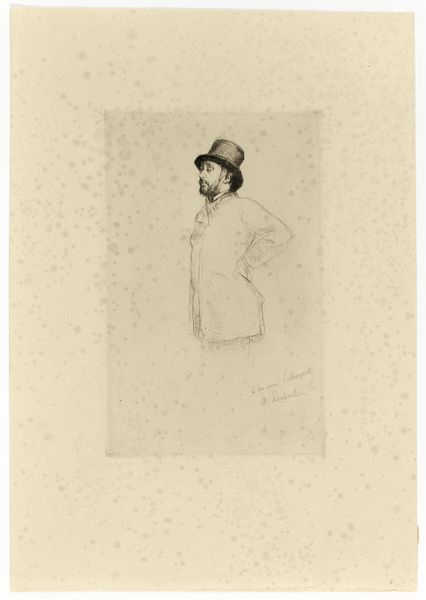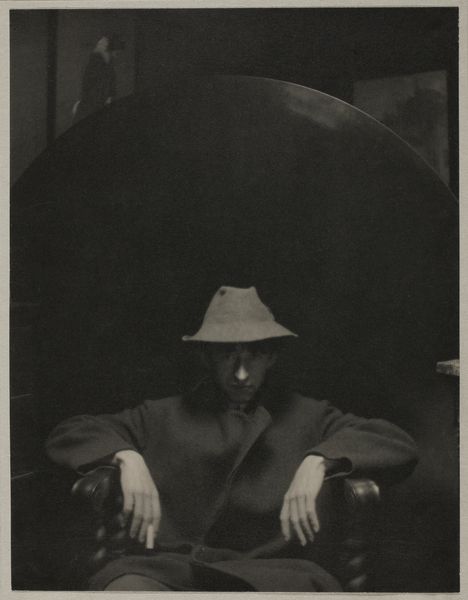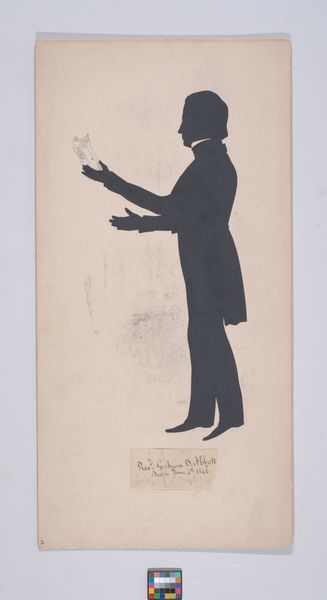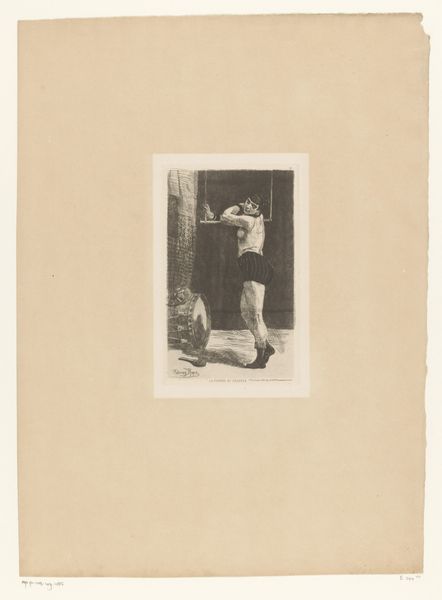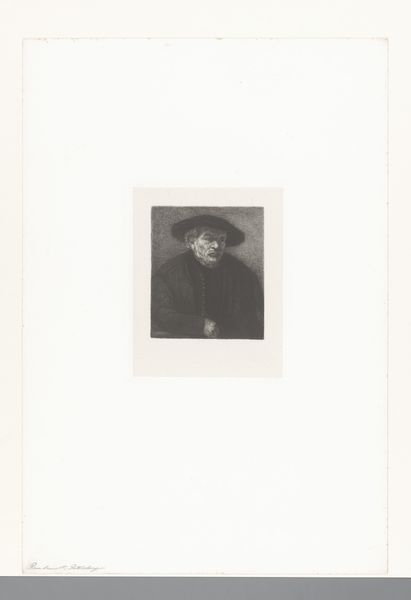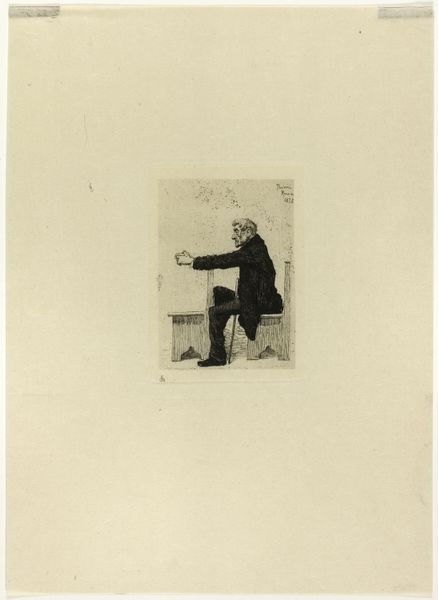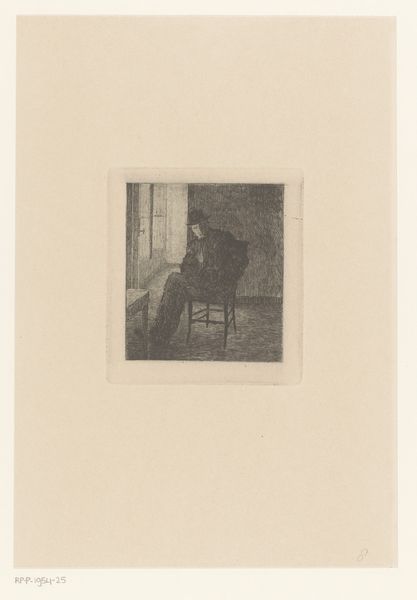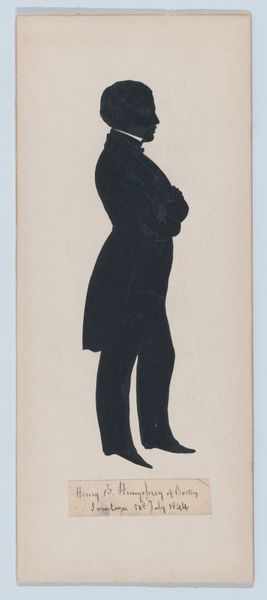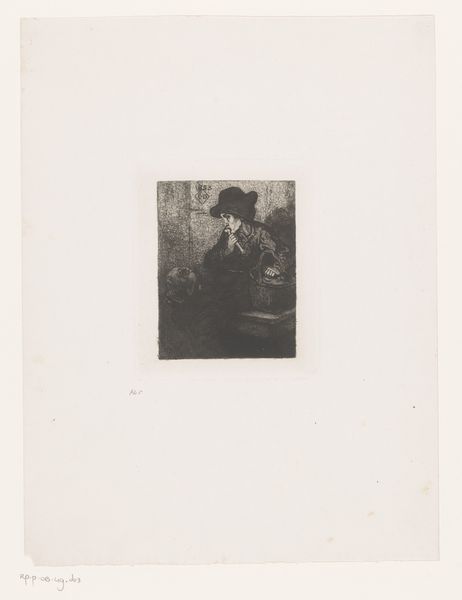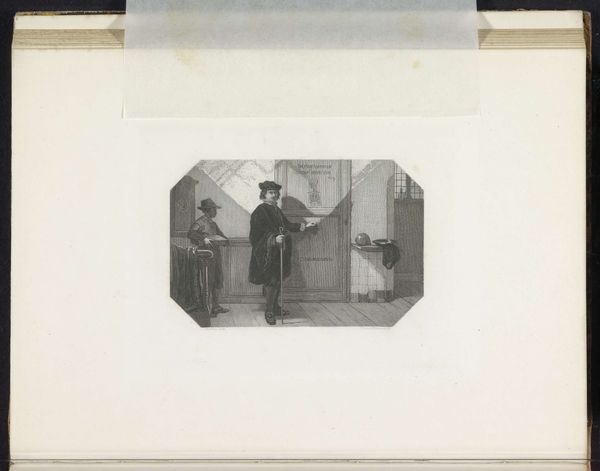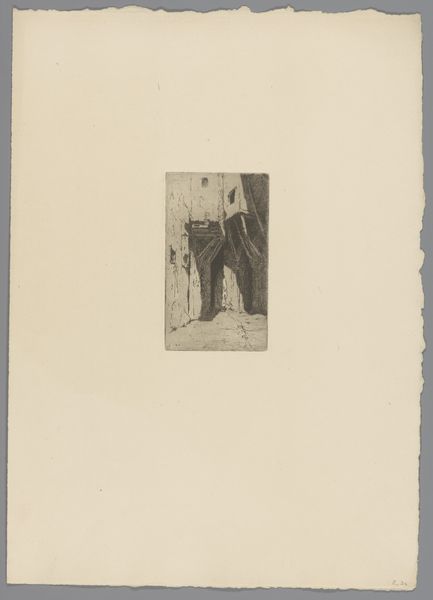
drawing, pencil
#
portrait
#
art-deco
#
drawing
#
geometric
#
pencil
Dimensions: 398 mm, 284 mm, height 273 mm, width 195 mm
Copyright: Rijks Museum: Open Domain
Editor: Here we have Johan van Hell's "Orgelman," made around 1925, a pencil drawing currently housed in the Rijksmuseum. I find the composition so intriguing; the subject’s averted gaze creates this sense of narrative suspense. What strikes you most about it? Curator: As a materialist, my gaze goes directly to the production of the image itself. Note the labor evident in the layering of pencil strokes to create such depth. Consider the accessibility of the medium—pencil and paper—in contrast to, say, oil paints, which positions art making within reach of more than just the elite. How does this impact our understanding of who creates art and why? Editor: That's a fascinating perspective. So, you're saying the accessibility of the materials affects the social context of the art? Curator: Precisely! This drawing challenges the traditional separation of 'high' art from 'low' craft. Consider the artist’s choice to depict an “Orgelman”—a working class busker—and what it tells us about whose stories are valued, whose labor is visible, and ultimately, who is rendered visible through art. Editor: It really makes you think about who had the opportunity and resources to be an artist, and who was more likely to be the subject. Does the geometric element, that is tagged here, have any relevance for a Materialist approach? Curator: Absolutely. The geometric shapes in the background – the stark lines of the building – underscore a society constructed on industrial labor. Juxtapose this geometric structure against the organic form of the Orgelman. This creates a visual tension mirroring the social realities of the time; class divisions being so evident, but also, the humanity that perseveres even in industrialized environments. Editor: This has really changed how I view the artwork, thank you for bringing that approach to my attention. Curator: My pleasure! Material analysis provides a fascinating tool to explore the means of artistic production. Now that you recognize this can you begin to appreciate not just what the artwork represents, but *how* it came to be, *why* those materials, and *what* social conditions enabled its existence.
Comments
No comments
Be the first to comment and join the conversation on the ultimate creative platform.
